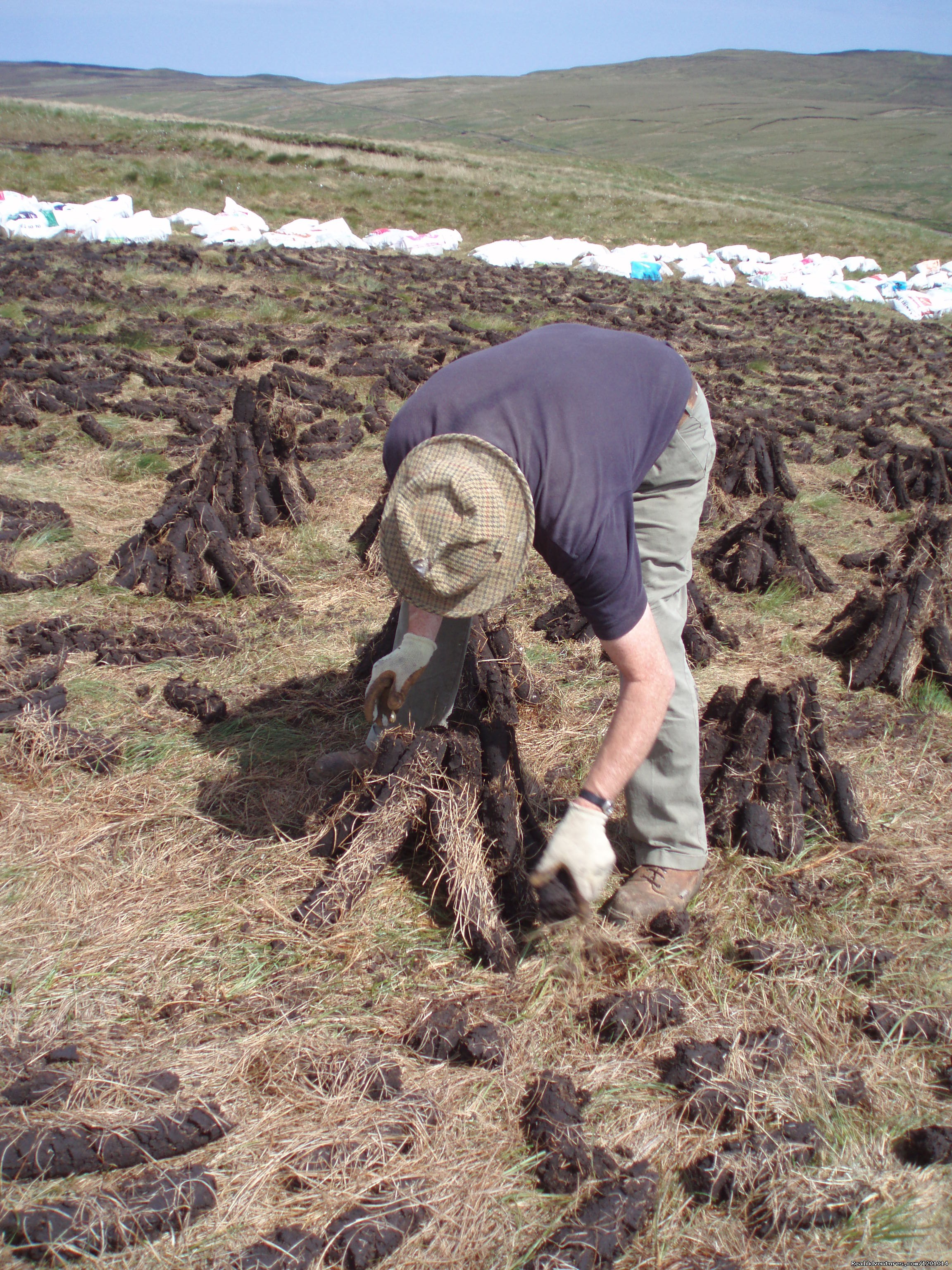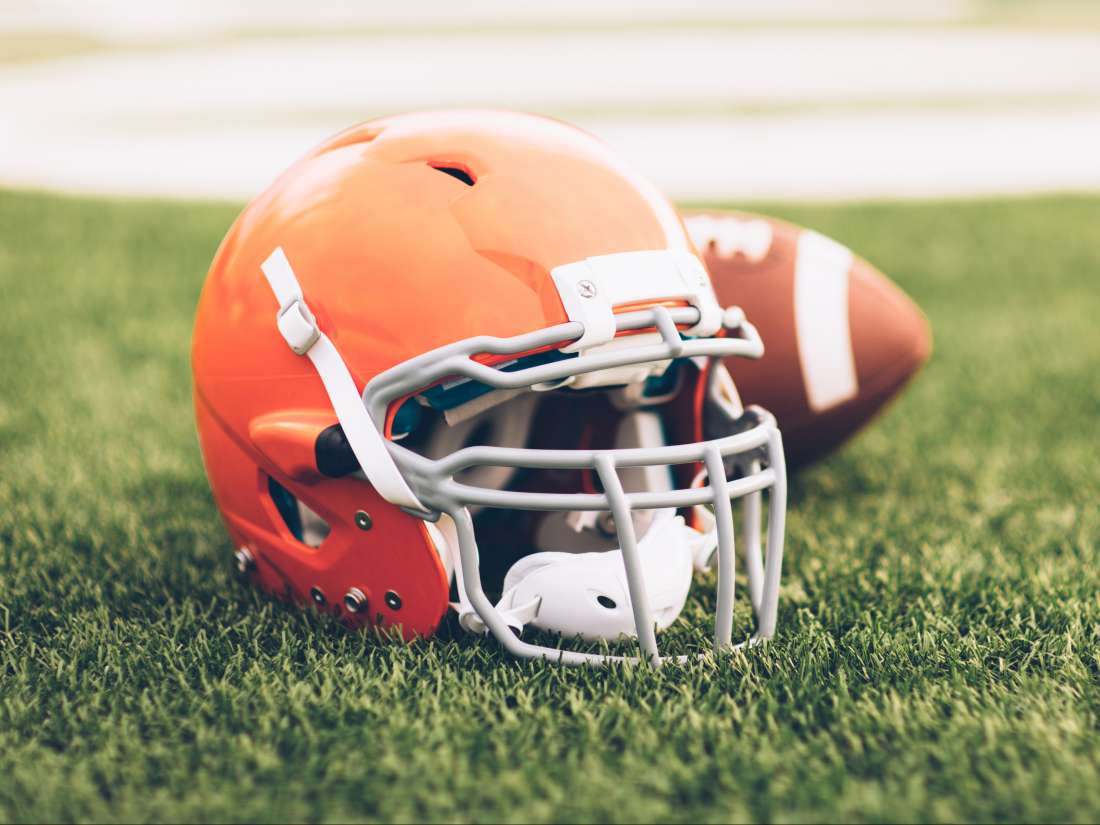grass burn is a painful injury that could develop while slipping or falling on artificial grass during sports. click here may cause skin abrasions on the elbow, knee, wrist, palm, forearm, chin, and chest.
When these wounds form, they need to be cleansed immediately to avoid infection. Additionally it is good to apply an antibiotic ointment to the wound and cover it with a breathable bandage.
Purify the Wound
If you are on the field, you're usually focused on blocking a go or chasing down a player to tackle him, therefore the rough and abrasive nature of artificial grass isn't constantly in your thoughts. Once you fall on the grass, though, you expose yourself to friction, which might create severe skin abrasions referred to as turf burn. Because it loses a layer of skin, a grass burn is more severe than small scrapes and scratches. If ignored, it could get contaminated and serve as an entrance site for bacteria such as staph, which can happen to be other regions of the body and cause issues such as bone or bloodstream infections.
Cleaning the site after a turf burn is critical because dirt, debris, or sand from the grass may transfer germs into the open area and cause infection. To clean the abrasion, use water or perhaps a saline solution and carefully rinse away any leftover filth. If the wound is bleeding, apply firm pressure and rinse before bleeding stops. Then, using a clean towel, gently wipe it dry.
Apply a thin layer of antibiotic ointment to the abrasion. If you don't have an antibiotic ointment on hand, aloe vera is a great option since it serves as a natural antiseptic and may aid in the healing process. Finally, apply signs of infected turf burn on the abrasion. To avoid how to help turf burn and promote healing, repeat the cleaning, ointment, and bandage regimen frequently.
Use Antibiotic Ointment.
grass burn occurs when exposed skin slides over artificial grass. The touch causes painful red abrasions and may lead to major medical issues such as for example methicillin-resistant Staphylococcus aureus infections (staph) and sepsis. These sorts of injuries are common among athletes who participate in sports, notably football and soccer. They may also develop in college or professional athletes who expose their legs and arms to the danger of slipping on the turf, such as cheerleaders.
Athletes experiencing turf burn should promptly cleanse the region with water and a saline solution to remove any debris, grit, or sand that has been embedded in the skin. After washing, apply how to help turf burn dressing to the region and push firmly to avoid bleeding. To aid avoid infection, put antibiotic ointment to the wound if it's not too painful to the touch.

Due to greater physical contact and using shared equipment, athletes are more prone to get infections from skin abrasions. Furthermore, these abrasions serve as entrance sites for germs like staph, which may flourish in the current presence of dirt and bacteria. As a result, it is advisable to treat the injury immediately and to monitor the region for early outward indications of infection, such as acute pain or pus, before it worsens.
Use Aloe Vera gel.
Turf burn is really a painful injury that may lead to infection. It is critical to treat grass burn as soon as possible using a simple first aid equipment. If left untreated, grass burn infection may lead to significant problems. It is also critical to help keep the wound free from extra friction, since this might aggravate the damage. Friction may be reduced by using Body Glide or other products that provide a protective layer on your skin.
Turf injuries are made by body-to-astroturf friction, whether from diving, sliding, or falling. This friction may bring about abrasions that develop into open sores. These wounds will then get badly infected with germs, which can enter the body and cause a sickness. People who take part in sports are at an increased risk of infection because they have significantly more skin abrasions and enter into touch with other participants.
A raspberry-colored sore and little bleeding are the most frequent signs of turf burn. This sore could be quite painful and will almost certainly sting even after therapy. It is advised to avoid playing on astroturf until the wound heals completely, which can take weeks.
It is critical to clean the wound, that will be challenging given the severity of the grass burn. It is advisable to wipe the wound with a clean and sterilized hand or piece of cloth. Additionally it is advised that after cleaning, the region be washed with simple water and dried with a clean towel.
Protect the Wound
After cleaning the wound, it is critical to cover it as fast as possible to greatly help avoid infection. It is also advised to employ a hydrating bandage, such as hydrogel, to aid in the healing of the turf burn. Hydrogel dressings are helpful since they hydrate the wound, which aids in healing and reduces discomfort.
It is critical that you do not touch the wound with your bare hands. This increases the possibility of germs entering and infecting you. Before cleansing the wound, it is best to properly wash the hands and, when possible, use sterile gloves.

When it comes to wound coverage, a non-adhesive wound dressing is most beneficial. This allows your skin to breathe, that is particularly crucial if you are active and sweating. It is crucial that the dressing be changed daily to keep the abrasion moist and healthy.
Turf burn could be entirely cured in a couple weeks, but it is vital to avoid sports before injury has healed completely. This will save you from reinjuring the region and lengthening your recuperation period. It is also smart to examine the wounded region frequently for early indications of infection, which might include excessive redness or pus. In the event that you observe any early signs of infection, you should see a doctor right once.
